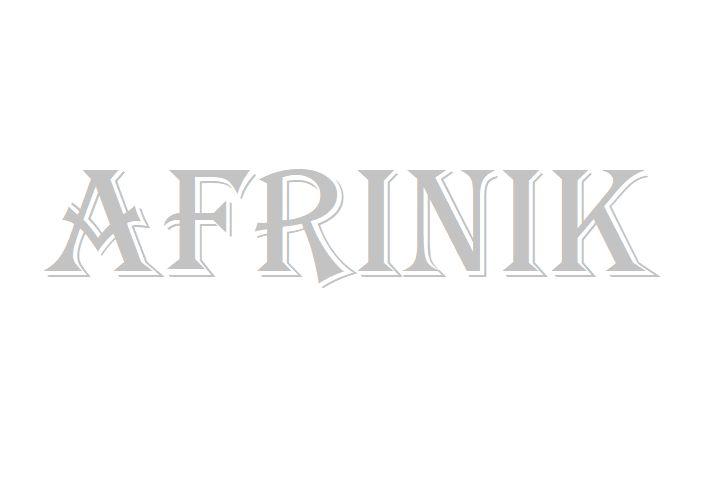The underground super volcano in the Yellowstone National Park is about to burst and that could well mean the end for our civilization. In the meantime, NASA has devised an ingenious plan that can save mankind from possible collapse.
The largest underground volcano or caldeira is located in the Yellowstone National Park in the United States. The supervolcano erupts every 600,000 years. The last eruption took place some 640,000 years ago, which means that the volcano is about to erupt and that is of great concern to scientists.
Big consequences
If the underground super volcano exploded in Yellowstone, a volcanic winter or ice age could start as a result of the enormous amount of volcanic dust that is suddenly released. Then there is a good chance that a worldwide famine will break out because humanity has only enough food reserves for 74 days according to BBC report. Even NASA claims that super volcanoes are one of the greatest natural threats to humanity.
The warmer it becomes in the volcano; the more gases are produced there. Then the magma continues to melt and rise. When the heat inside the volcano exceeds a certain threshold, an explosion is inevitable.
NASA has a plan
A logical solution would be to cool the super volcano, but that requires a lot of water. “Building a large aqueduct uphill in a mountainous region would be both costly and difficult. What’s more, people do not want their water to be spent that way,” said Brian Wilcox from NASA’s Jet Propulsion Laboratory at the BBC. “People are desperate for water all over the world and a large infrastructure project, where water is only used to cool a super volcano, would be very controversial.”
Meanwhile, NASA came up with an alternative solution. The organization would drill 10 km deep into the super volcano and pump down the water under high pressure. For example, the temperature of the underground volcano could drop slowly. Moreover, it is especially important to drill in the sides of the underground volcano instead of in the magma reservoir. If one were to drill directly into the magma, an eruption would be provoked even faster.
Geothermal power plant
The NASA plan would also have another advantage: “By drilling in this way, we can create a geothermal power plant that generates electricity for about $0.10 per kilowatt,” said Brian Wilcox. Companies that invest in geothermal energy and invest in the project would generate energy in that way to provide the environment with electricity for thousands of years.
The price of the pioneering, but necessary project is not there: about 3.46 billion dollars or converted 3 billion euros is needed. If mankind can be saved in this way, the investment is certainly worth it in the long term, according to NASA.
Source: Business Insider
